Spending more than a month in Turkey, as opposed to not visiting at all, or the three-day layover that I improvised later on, did, at least, provide me an opportunity to visit a selection of the country’s extensive list of World Heritage Sites, a collection that is, not surprisingly, heavily slanted towards the area’s ancient history. When I initially plotted a route on short notice, resulting from delays caused by current travel restrictions, I attempted one that would allow me to see just over half of the eighteen Turkish Sites that are currently inscribed on the List. However, as I have already mentioned, generally poor touring conditions led me to significantly abbreviate that goal. Nevertheless, I was able to make it to six Sites, eventually, and that was probably sufficient. The first two I visited were urban Sites, whose highlights date back through several time periods, while the remainder were ruins from Classical Antiquity. That was a useful happenstance for me, since my only experiences with Greek and Roman historical sites, up to then, were the visits I made to the Acropolis in Athens during my previous long Tour and, of course, the City of Bath, earlier this year.
The first I saw was intended to by my only visit, namely the Historic Areas of Istanbul. Certainly one of the World’s great cities, thanks, in part, to its excellent conjunction of land and water, it is obvious why Emperor Constantine chose to built his namesake city here. Today, like many major historic cities, there are too many interesting sights to attempt to see everything during a short visit. Consequently, I focused on the centrally-located buildings and monuments around Sultanahmet Square, once the ancient Hippodrome during the Byzantine period, and appreciated everything else from a slight distance. A component that distinctly surprised me was the fascinating underground cistern built in the sixth century. Nearby is the most famous of the city’s landmarks, dating from the same time period, the Hagia Sophia, built during the reign of Emperor Justinian. Originally a Christian Basilica, it was converted to a Mosque after the Ottoman conquest, but had been operated as a museum for several decades. However, just a few weeks before I arrived the government declared that it would now be used a Mosque again, and that meant that many of the most famous artworks have now been covered by carpets or other screens. Since my appearance always gives me away as a tourist, several people came up to ask for my opinion of the change, and I didn’t quite know what to tell them. It was still possible to appreciate the incredible sense of space one feels inside the building, which must have been even more impressive in the sixth century. Overall, Istanbul was a very enjoyable Site to visit, though the omnipresent carpet salesmen quickly became a big distraction.
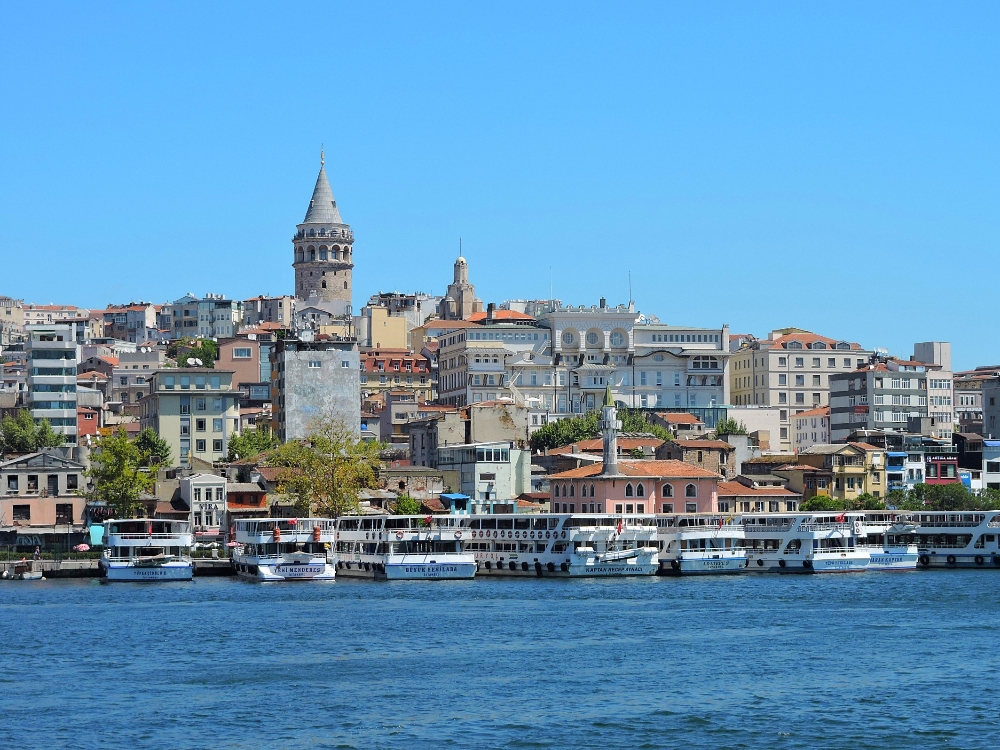
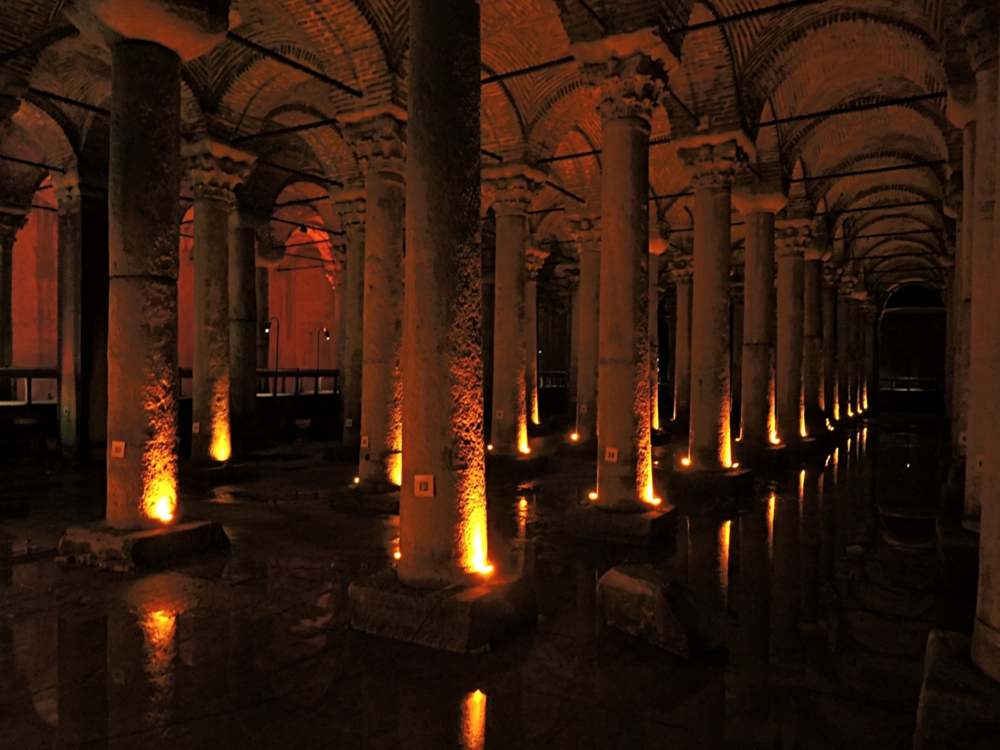
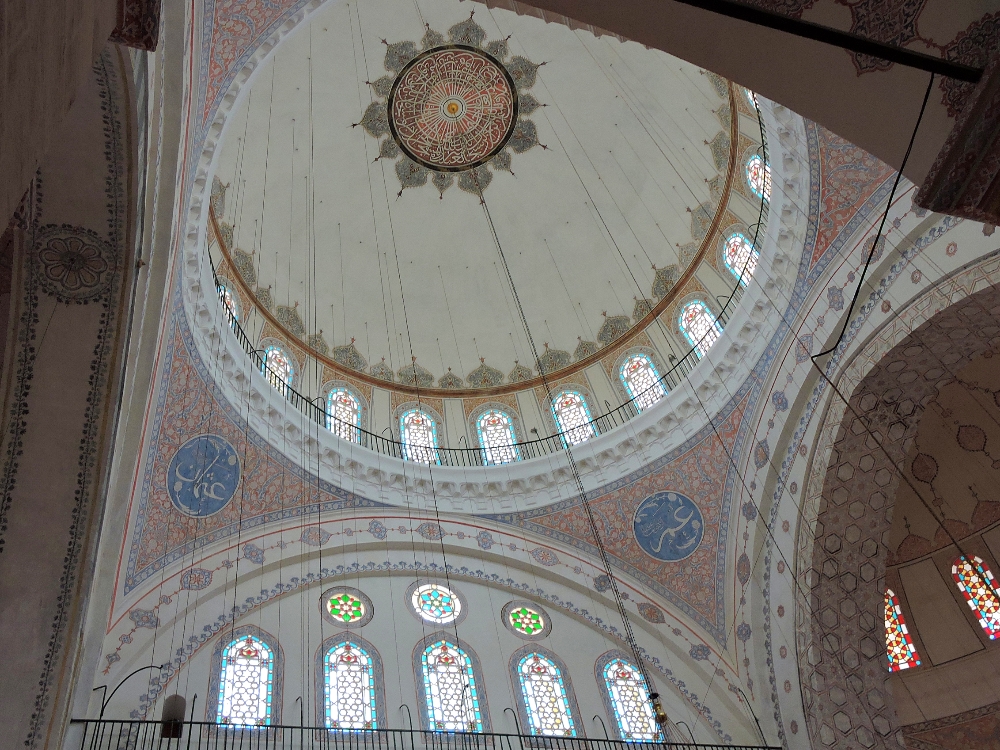
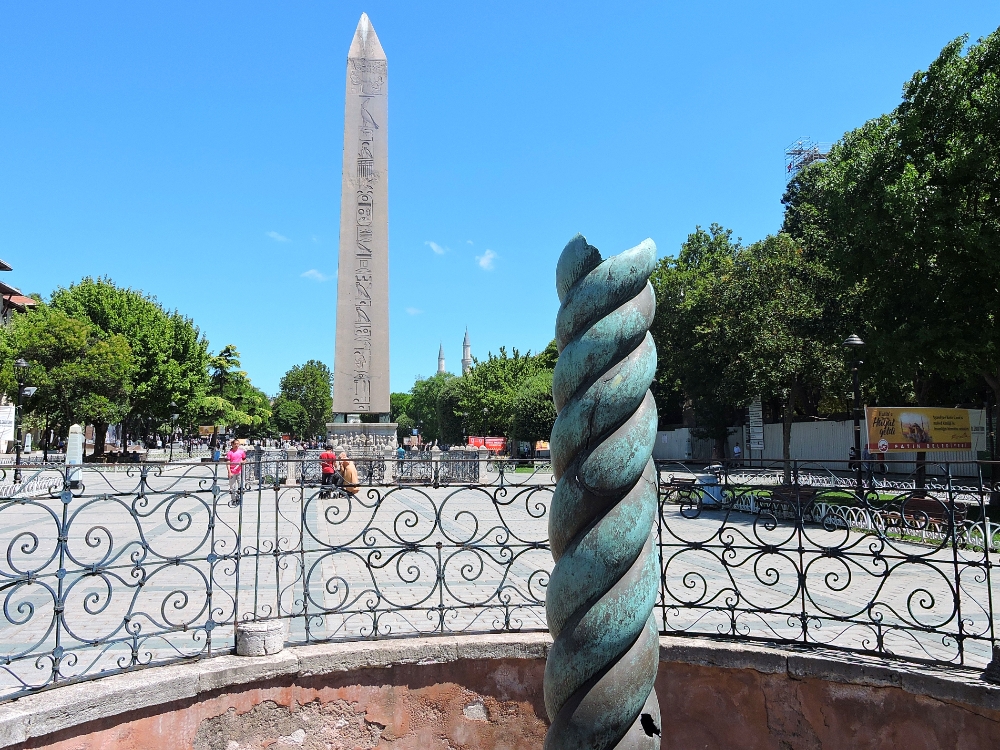
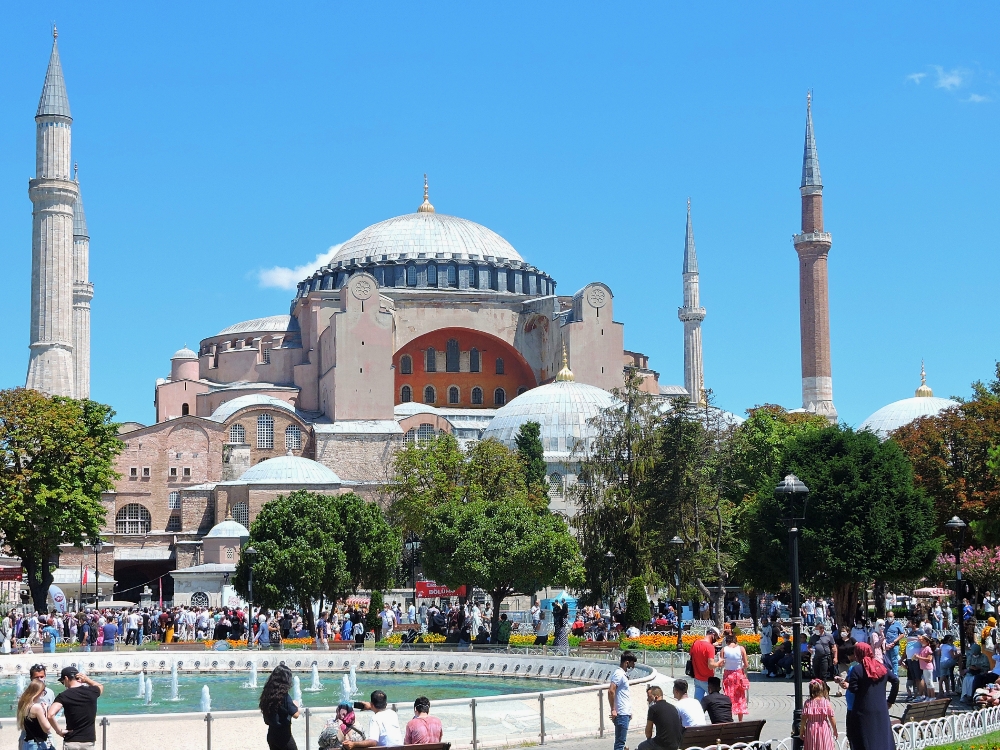
Next was the city of Bursa, not far to the south, across the Sea of Marmara, which had been the first major capital of the Ottoman Empire. The significant components of that Site are spread out between two famous Mosques, the Green Mosque, known for being decorated with intricate turquoise- and blue-colored tiles, and the Grand Mosque, famous for its very large displays of calligraphy. At the Green Mosque I appreciated its examples of Muqarnas, a stalactite-like ornamentation style, often found over doorways, which is common in Islamic architecture, but one that I don’t recall seeing before. Also a part of the Site were the adjacent Kulliyes, integrated civic/religious complexes that once included schools, communal kitchens, and commercial spaces. Today, components of the Kulliyes, like the courtyard of the Old Spice Market, Koza Han, have been repurposed as shops and restaurants, so the feeling is not quite as historic as it might otherwise be.
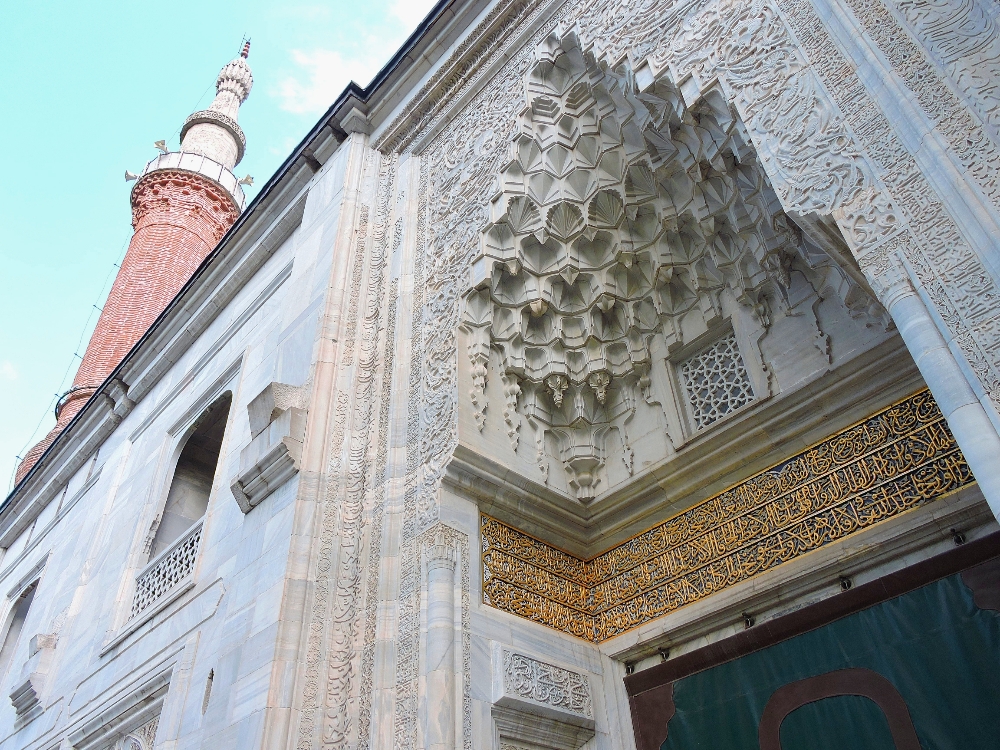
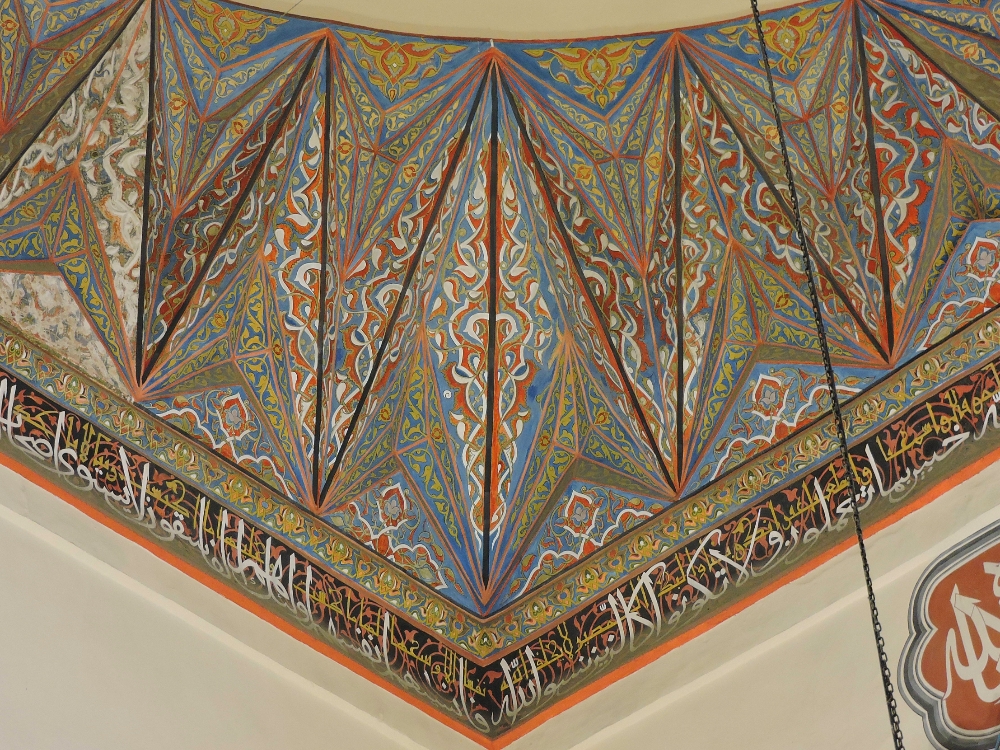
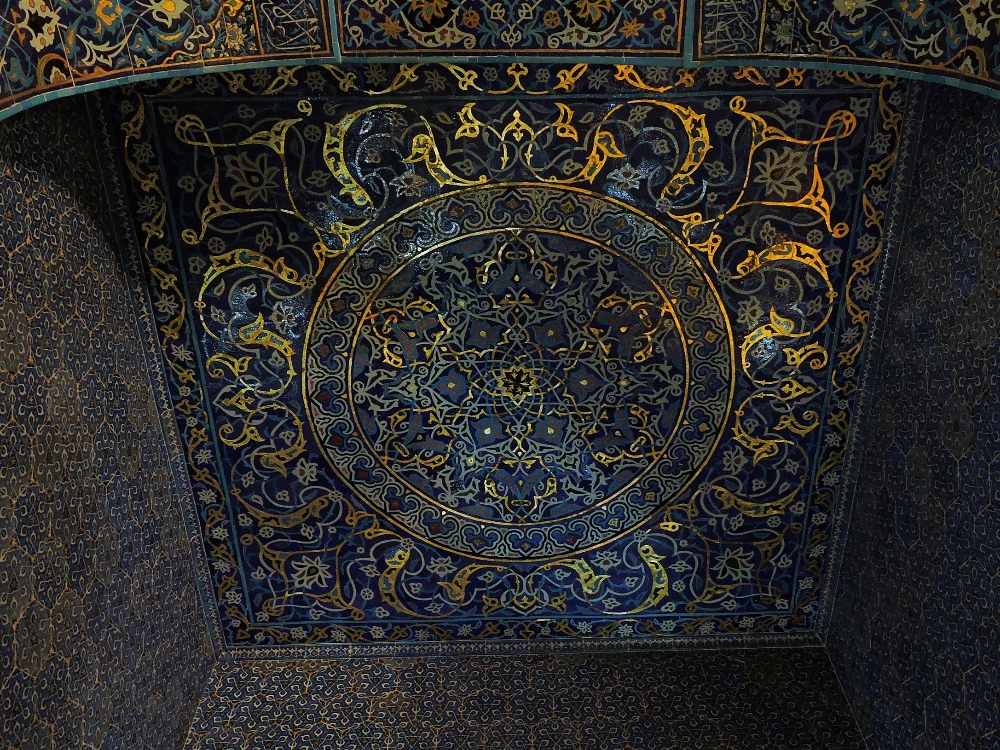
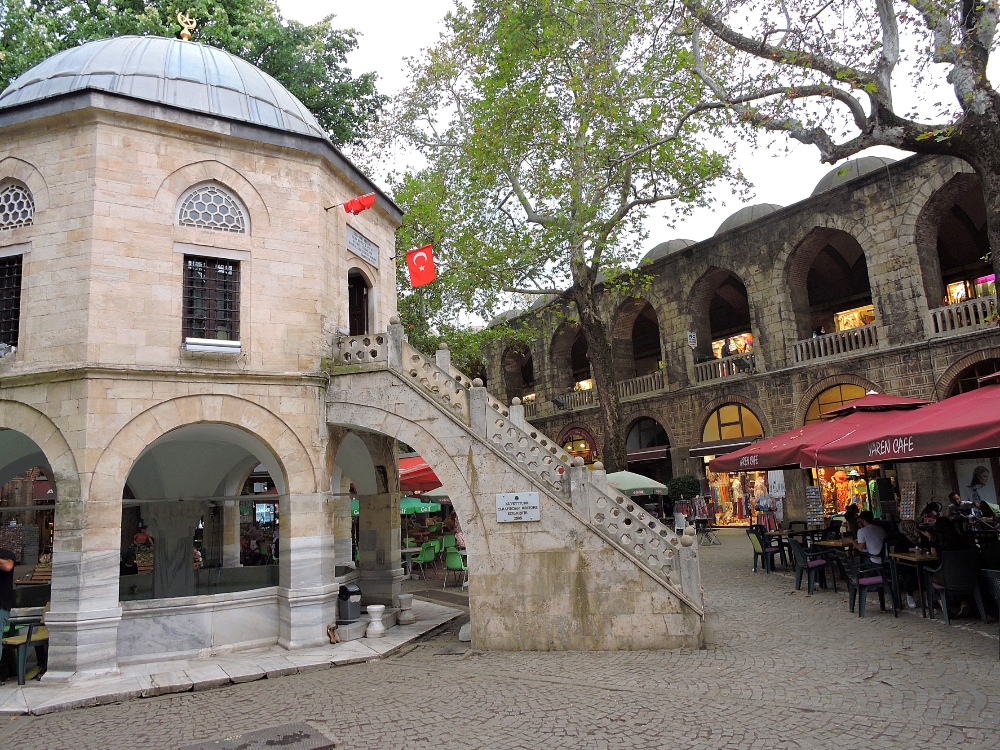
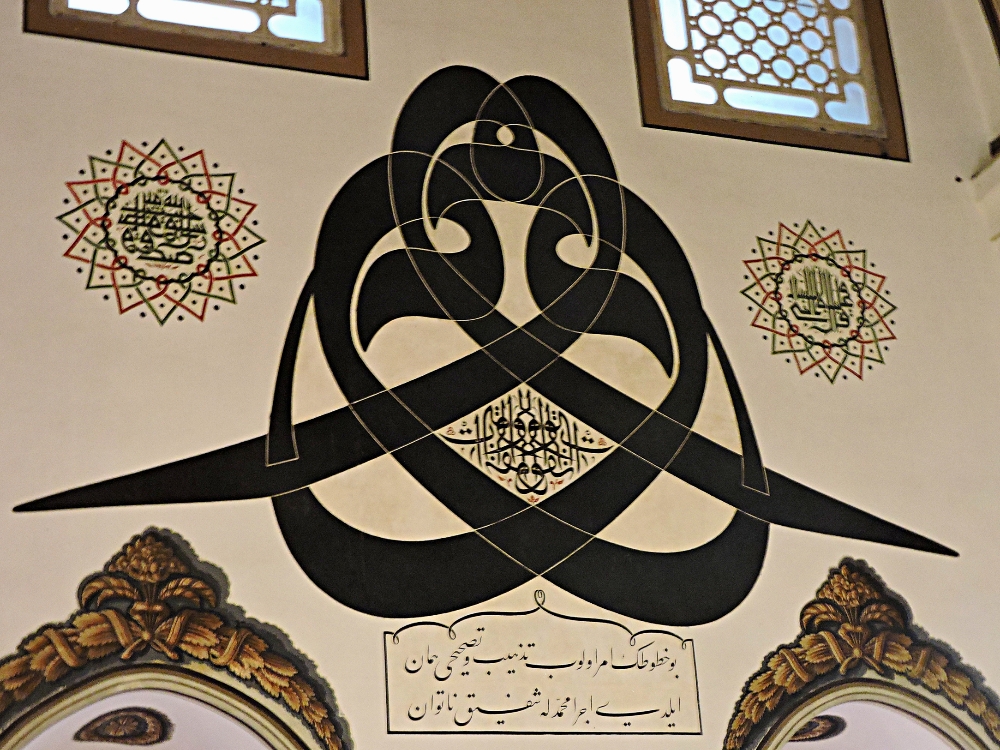
Then I made my way, slowly, to the four Sites from the Classical era. These were all similar in some respects, but, like other parts of the World with many ancient ruins, for example the Mayan sites around the Yucatan, each Site had some distinctive aspects. Consequently, it is generally a good idea to visit more than one, in order to gain a full understanding of their history, even if that involves more physical exertion than might otherwise be desirable. As is often the case at Sites focused on ancient ruins, developing a true appreciation of these Sites also requires one to possess a reasonable amount of imagination, but that is also part of the fun.
First was Pergamon, adjacent to the modern small city of Bergama. It originally grew from a small prehistoric town to be the capital of an independent kingdom in the Hellenic world, the Attalid Dynasty. Later, Pergamon was an early supporter of Rome, but eventually resisted its inevitable absorption into the expanding Empire. Its notable aspects were its hilltop Acropolis, and its impressive theater, built right into the side of the same hill and said to be the steepest in the ancient world, certainly a spectacular place to have watched any Comedy or Tragedy. The city continued to flourish in the Roman era, and nearby ruins are from that period, such as the Red Basilica, a brick temple built by Emperor Hadrian to honor Egyptian deities. Notably, the most famous part of this Site, the elaborately carved Pergamon Altar of Zeus, had been disassembled during German-run excavations in the late nineteenth century, ostensibly to protect them from neglect, or damage, by the Ottomans, then reassembled in a Museum in Berlin. I would have visited that Museum during the six weeks I waited in that city, and thus would have been able to appreciate both the original location and what had been taken from it. However, the Museum was closed while I was there, both for renovations and for pandemic reasons.
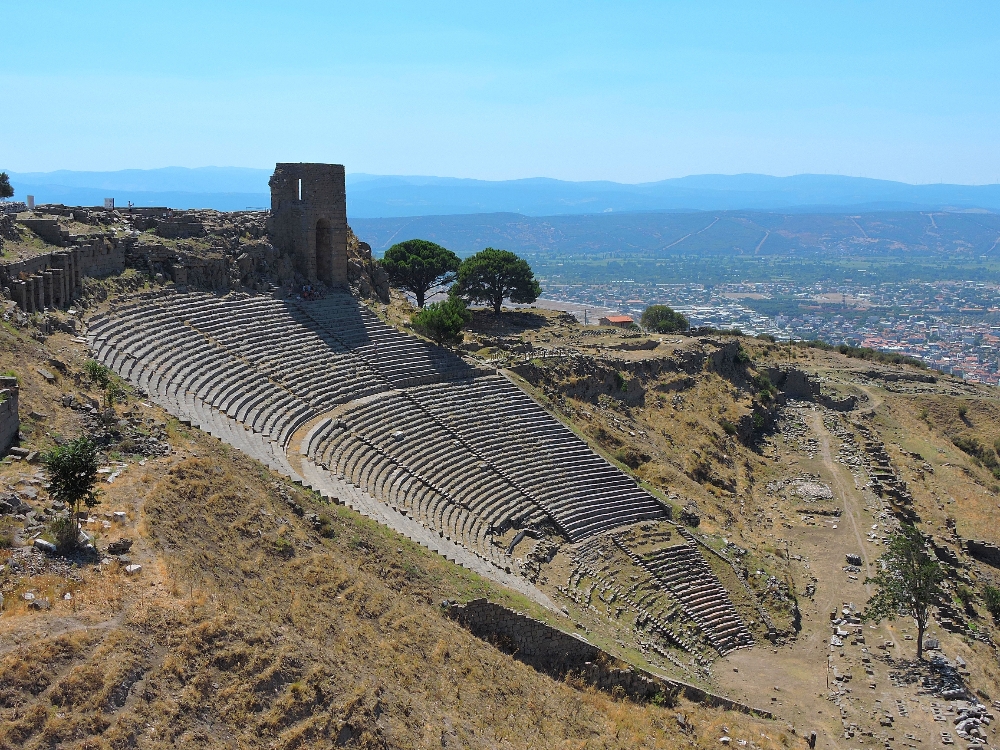
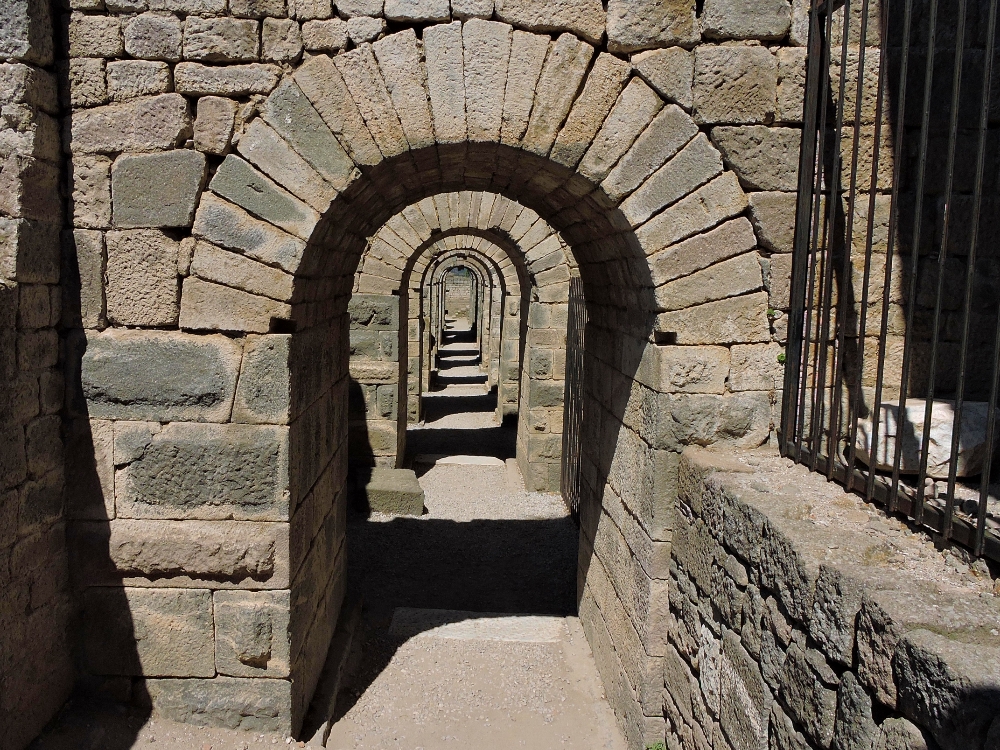
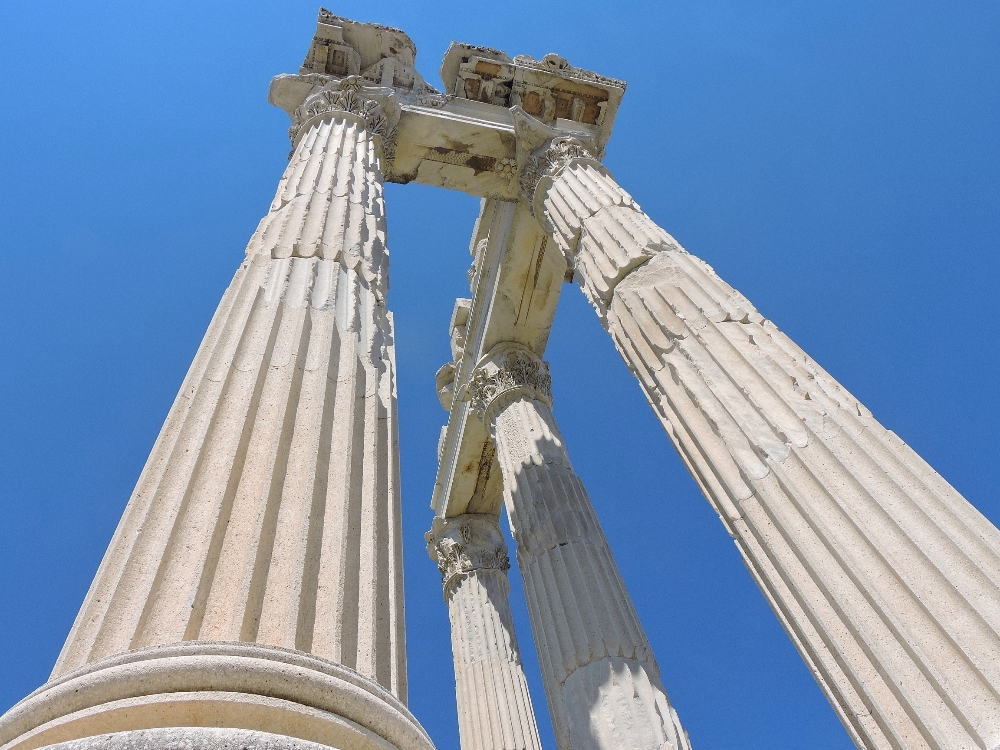
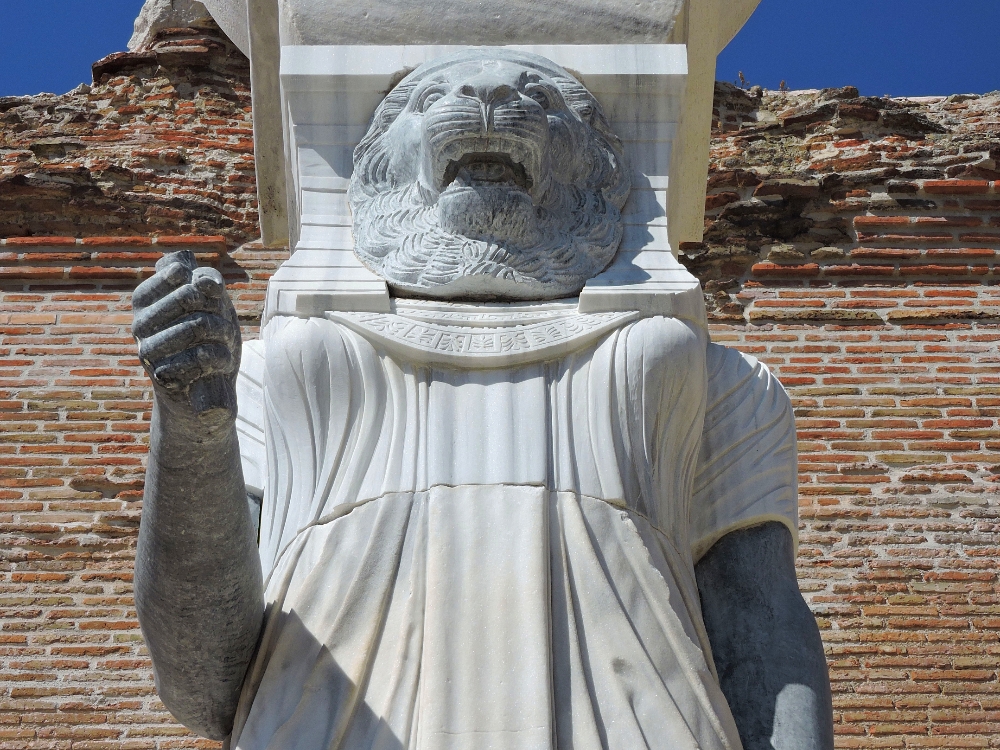
Next, I saw the ancient city of Ephesus, south of modern İzmir, which was a major city and port in the Greco-Roman world for centuries. Eventually, it declined when its harbor, which seemed to me to perhaps have been artificially constructed, became too shallow to use. It is one of western Turkey’s most popular tourist attractions, and was fairly crowded when I arrived. One of its special characteristics is the impressive entrance to the former Library of Celsus, a monumental tomb for Tiberius Julius Celsus Polemaeanus, who was once a Praetorian Legate of Asia, as well as a staunch defender of Greek philosophy and an early critic of Christianity. Also very interesting are the remains of several integrated houses where one can see the detailed decorative elements used at the time, such as large floor mosaics, and frescoes on almost every wall. One house appears to have been occupied by someone who enjoyed birds, since every wall displayed an image of various types of doves. Finally, I appreciated the relatively more distinct impression that the site had once been an actual town. Partly-original stone roads led to the harbor and wound past the old houses, and it was not hard to imagine that they had once been crowded and lined with shops.
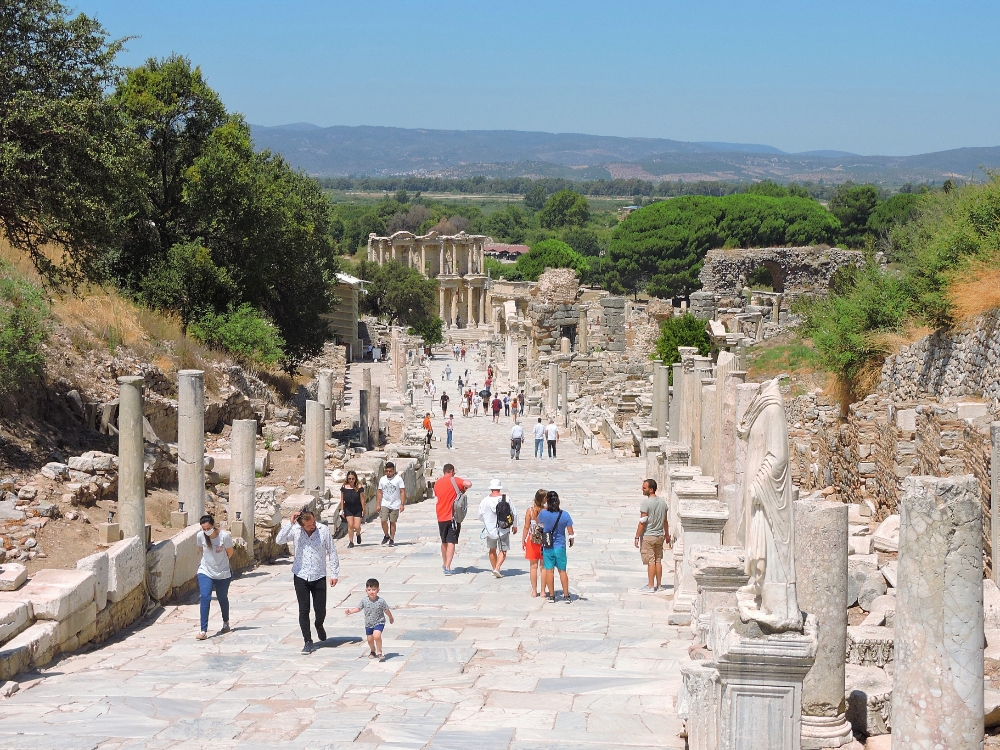
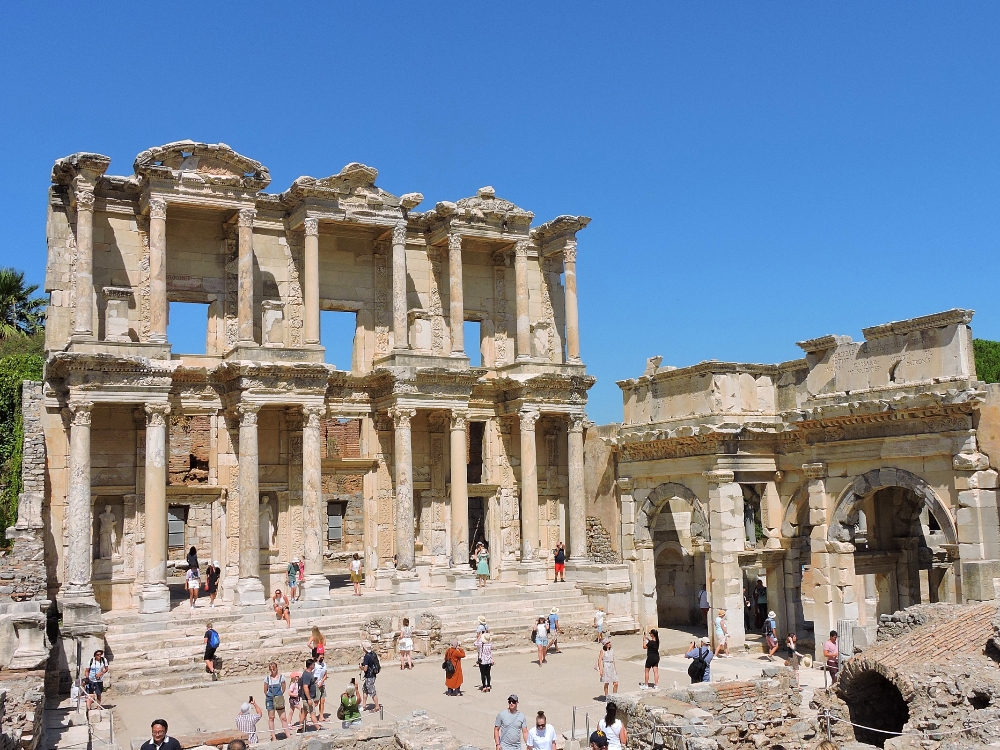
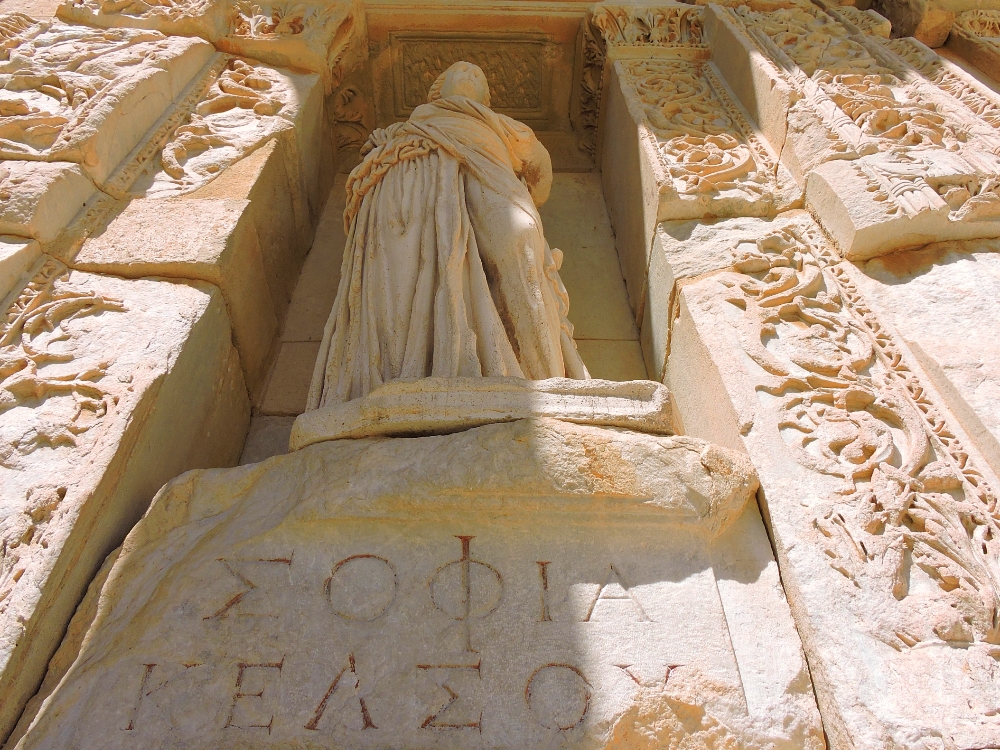
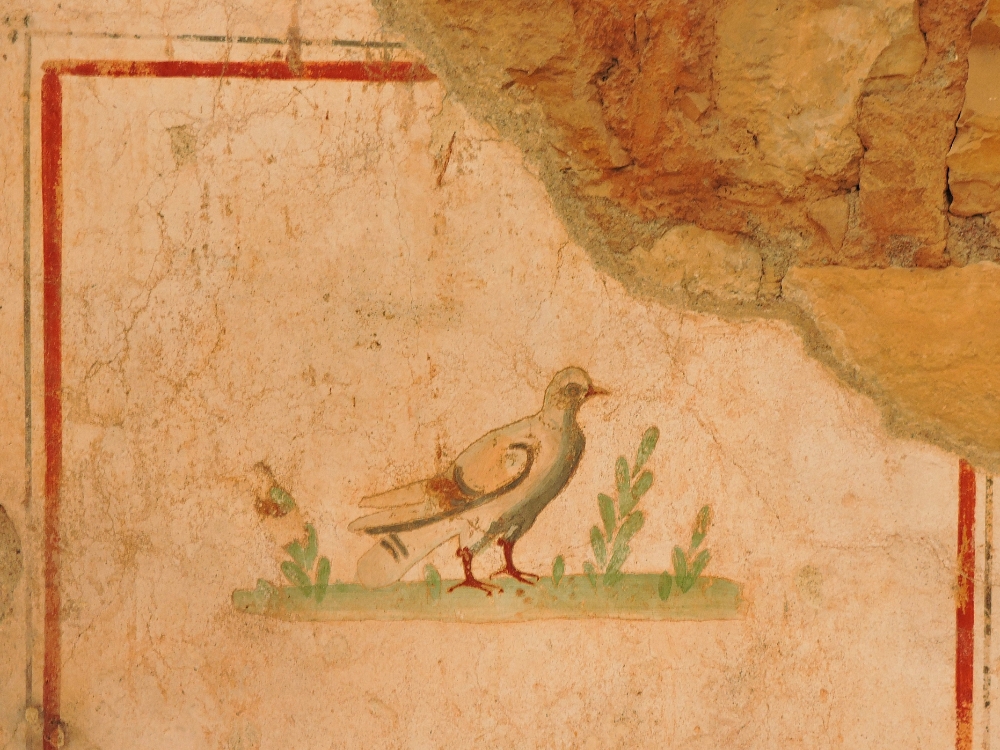
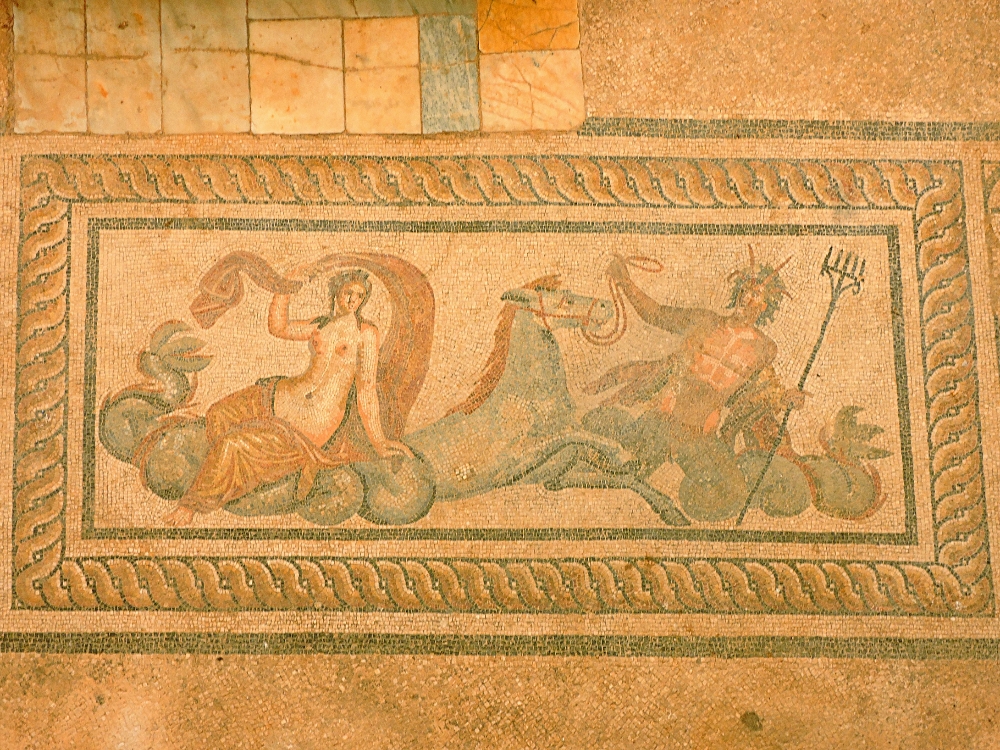
Turning inland, I next visited Aphrodisias, which once was a city built around a temple to Aphrodite. The city ruins there are interesting, but are neither the most expansive, nor best preserved in the region. Instead, Aphrodisias is best known for its extensive collection of stone works of art. Apparently, there was an excellent quarry for marble nearby and there had been a Sculpture School in the city in ancient times. I greatly enjoyed the many architectural elements, sarcophagi, and statues displayed there both for their artistic quality and because most were displayed in a pleasantly climate-controlled museum. The latter factor was especially appreciated, since Aphrodisias is located a sweltering four hundred-meter climb above the Meander Valley below.
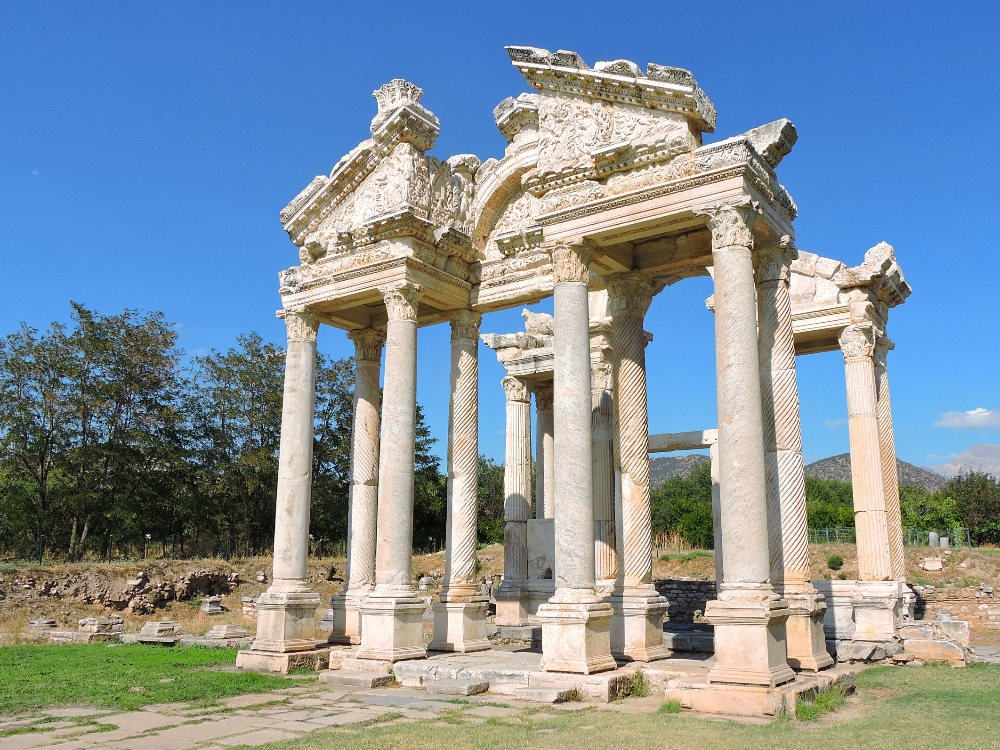
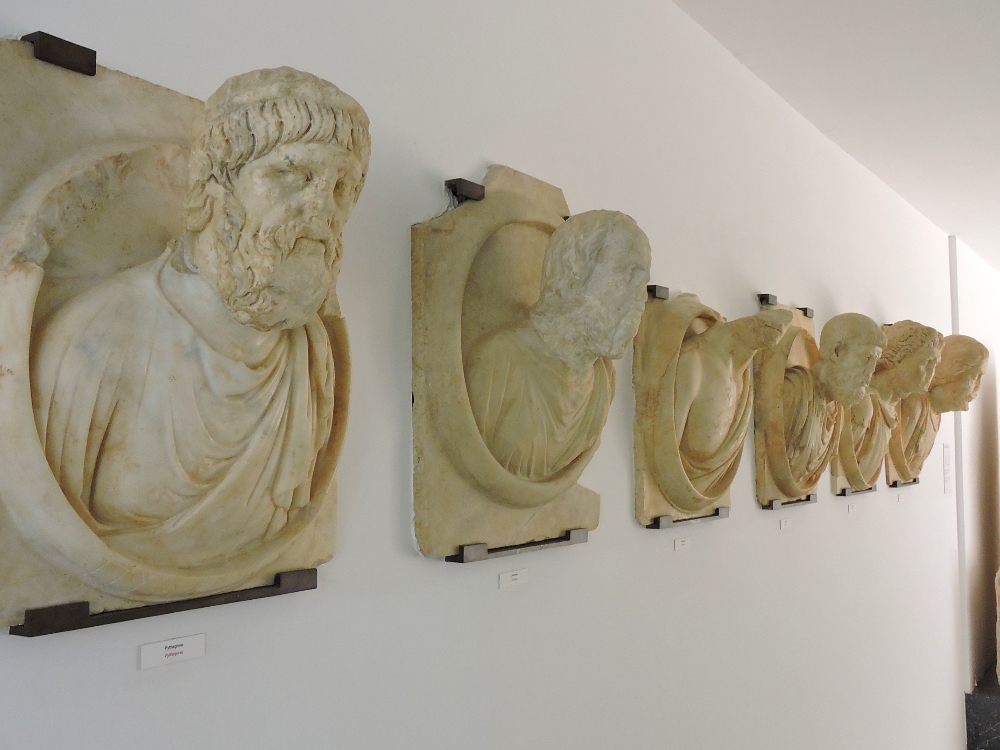
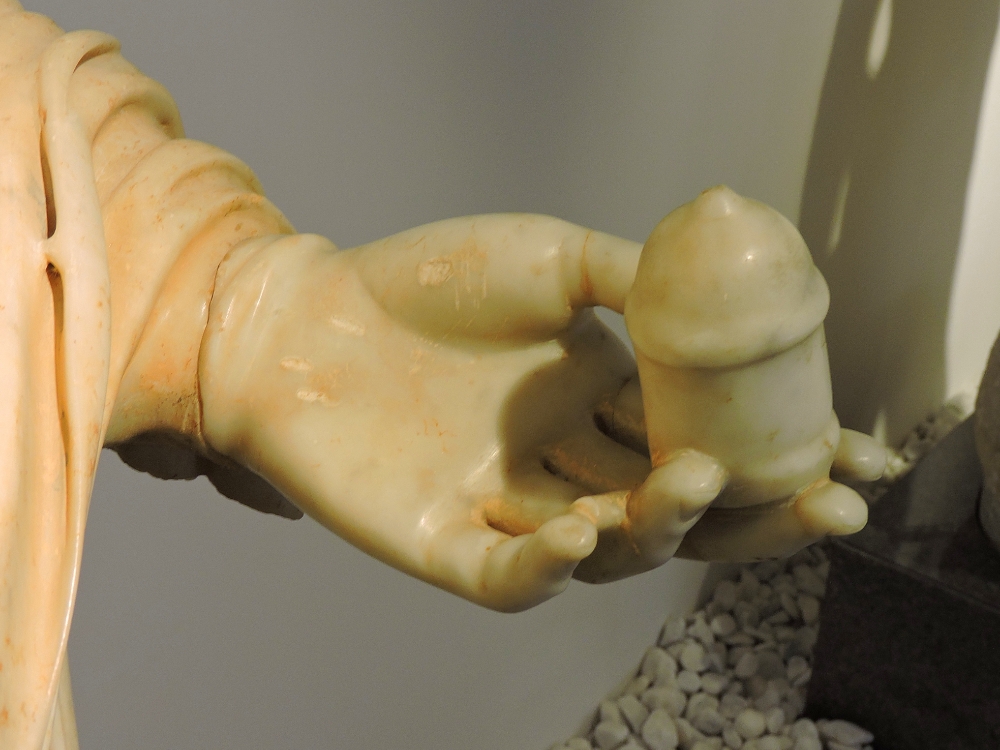
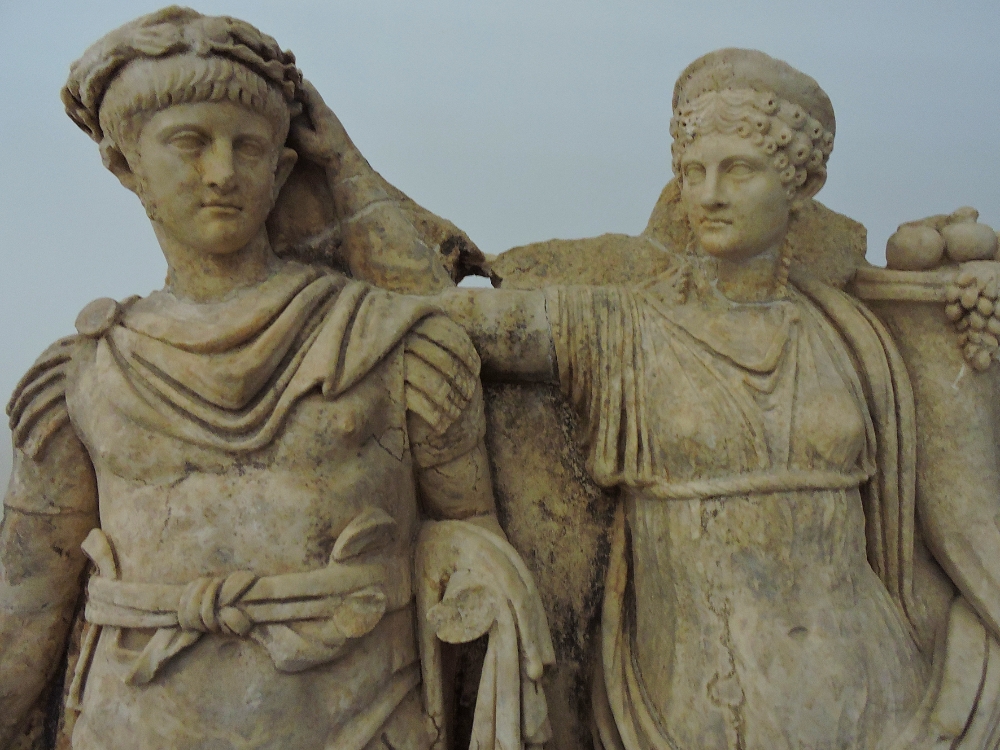
The final Site I saw, not long after I had definitively decided that I had dealt with enough of the heat and busy highways, was Hierapolis-Pamukkale, a Site that was fairly distinct from the others. This Site is a mixed natural/cultural property, a category that is reasonably uncommon, especially in Eurasia. The cultural part, the ancient city of Hierapolis, was, for me, the least impressive of the four ruined cities I saw during this section of the Tour. Pamukkale, the natural component, was more interesting and a nice change of pace for me. It is a significant outflow of mineral-rich water that, over thousands of years, has created a large, hillside deposit of calcium carbonate travertine. The spring has been used a a Spa for at least two thousand five hundred years, and was the reason that Hierapolis was located were it was. When I visited, there were hundreds of Russian tourists at the Site, who all appeared to be enjoying the heat and Sun, while I was just slightly disturbed that they were able to fly from Russia to Turkey, while I was not permitted to go in the reverse direction.
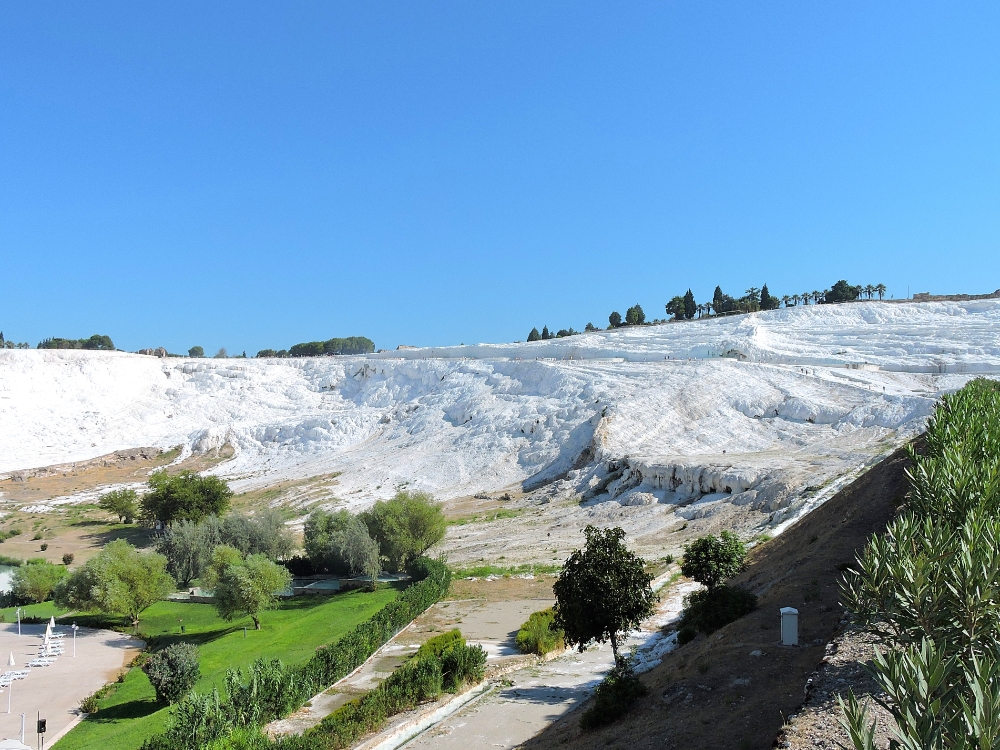
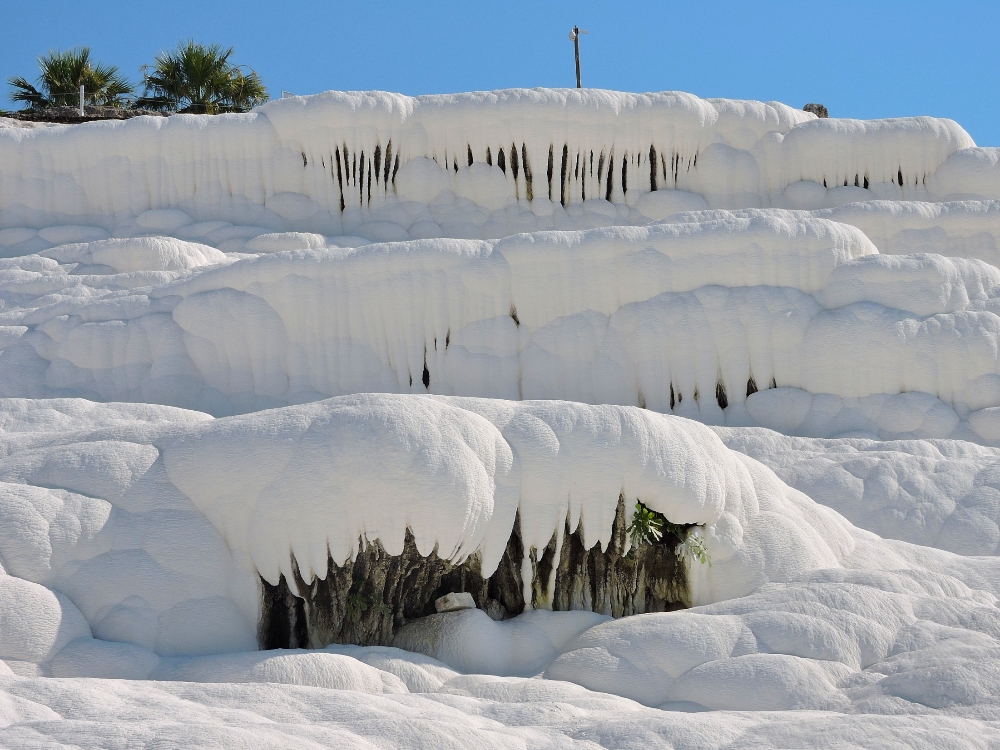
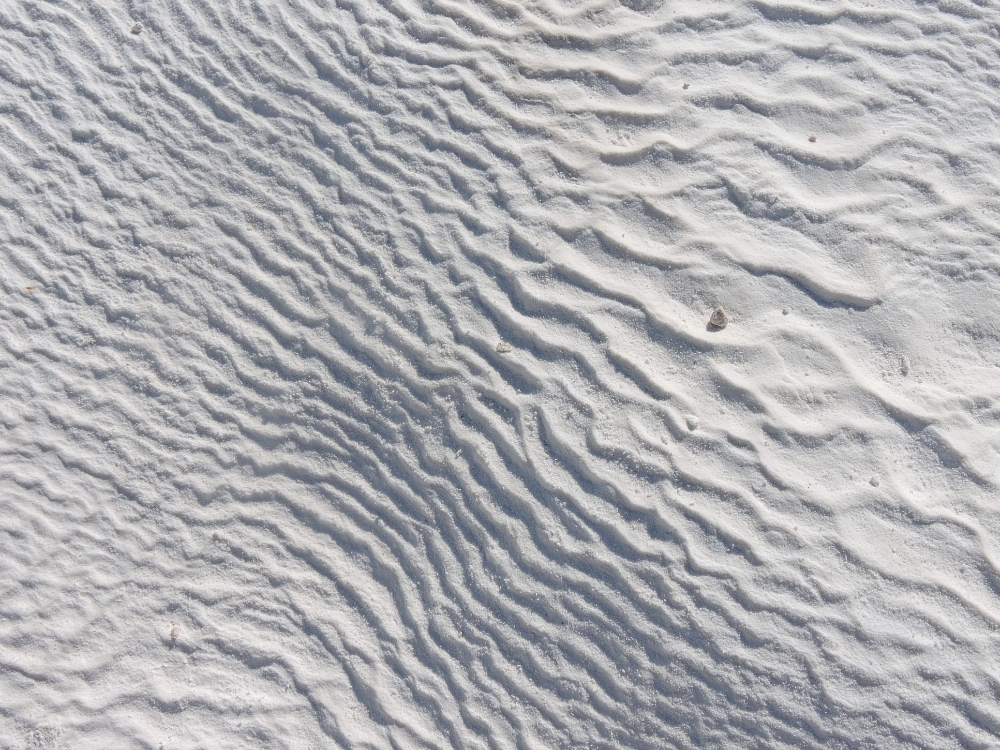
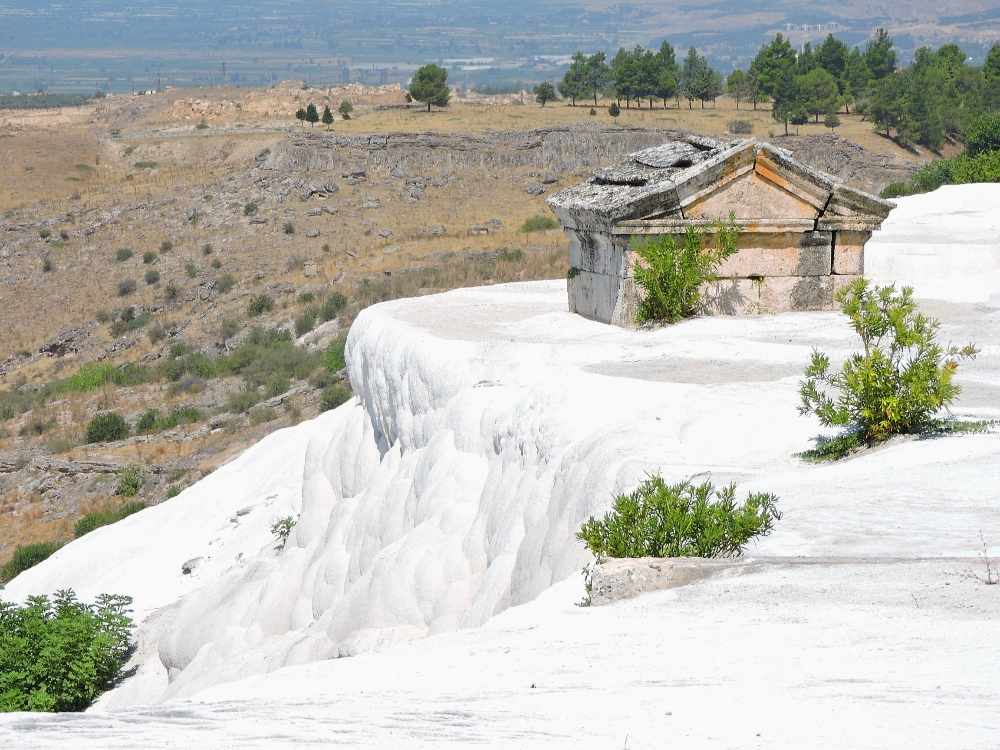
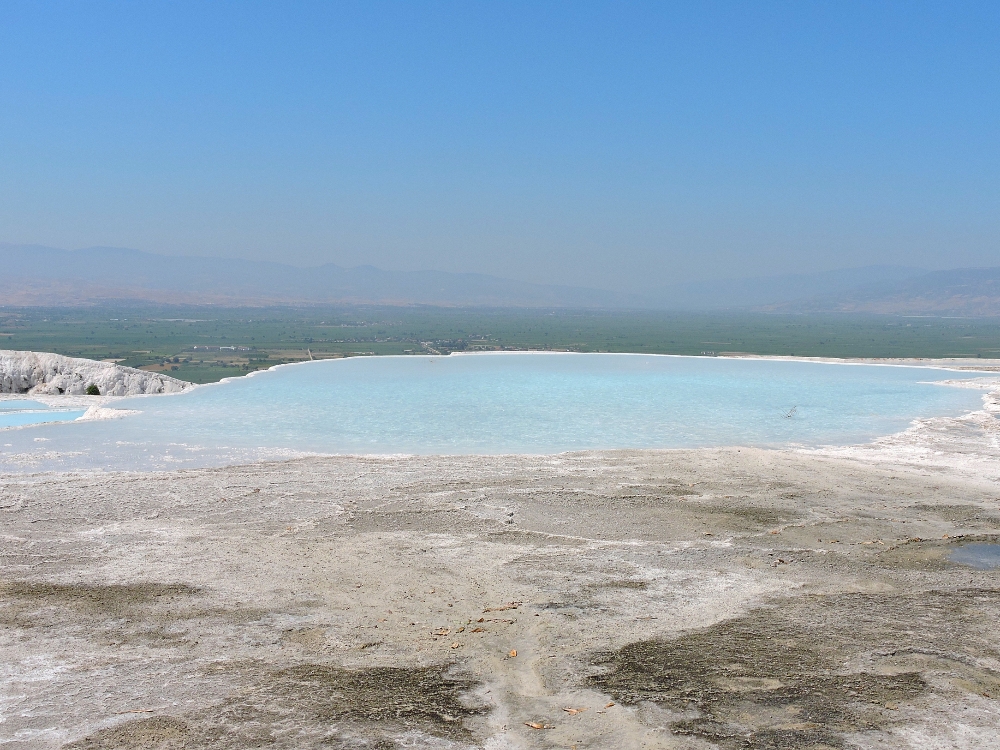
At this point, I am not sure what will be next in terms of World Heritage Sites. I have a near-term plan that should eventually bring me to some excellent Sites, but that has already been delayed twice, and if it completely falls through, I currently have no idea what options could then be possible.